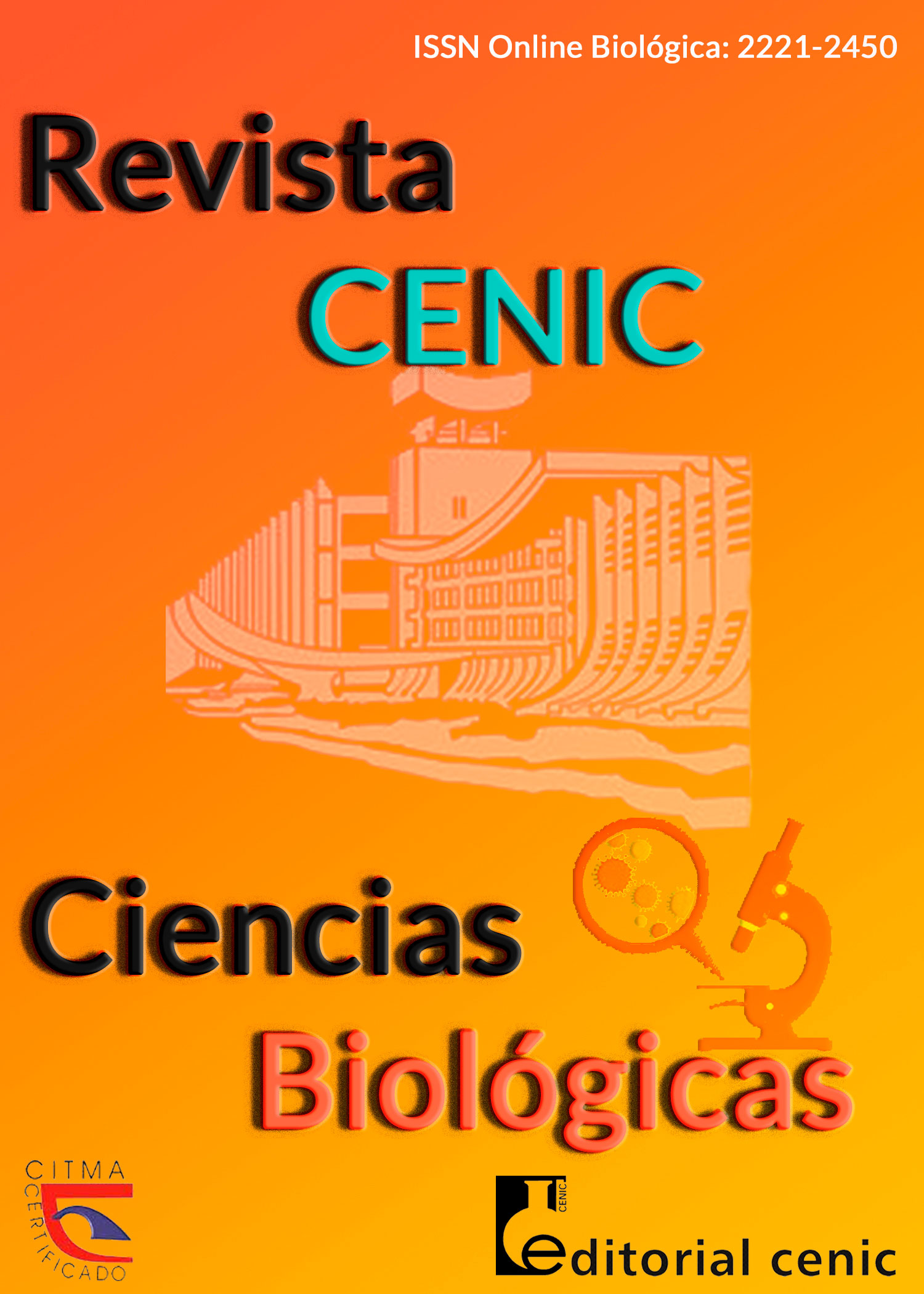Validation of LED fluorescence microscopy for tuberculosis diagnosis in Cuba
Abstract
LED fluorescence microscopy (MF LED) has been recommended by the World Health Organization for tuberculosis (TB) diagnosis. The aim was to validate this technique in the National Reference Laboratory for Tuberculosis, Leprosy and Mycobacteria (NRLTBLM). A validation study of the MF LED was carried out at the NRLTBLM of the “Pedro Kourí” Institute, from February-July 2018. A total of 98 slides were included: 49 smears that had a positive culture for mycobacteria and 49 slides with a negative culture. The results of the LED FM were compared with bright field microscopy (BFM) and conventional fluorescence microscopy (CFM). With the LED FM and CFM, 14 positive smears were identified that had been negative by BFM, the positivity rate being increased to 13,3%. By both fluorescent techniques, more smears (18/98) were detected with scanty acid fast bacilli than the BFM (8/98). The agreement between MF LED and BFM was considered good (k = 0,6773) and between MF LED and CFM very good (k = 0,8711). The sensitivity of the MF LED was higher (77,55%) than the BFM (48,98%). The higher sensitivity of the MF LED was confirmed, validating this technique as an alternative to Zielh Neelsen staining in the NRLTBLM. Its implementation in Cuba would be very useful in detecting and monitoring the follow up cases, as well as the management of patients with suspected TB.
Downloads

Downloads
Published
How to Cite
Issue
Section
License
Copyright (c) 2021 Copyright (c) 2021 Revista CENIC Ciencias Biológicas

This work is licensed under a Creative Commons Attribution-NonCommercial-ShareAlike 4.0 International License.
Los autores que publican en esta revista están de acuerdo con los siguientes términos:
Los autores conservan los derechos de autor y garantizan a la revista el derecho de ser la primera publicación del trabajo al igual que licenciado bajo una Creative Commons Atribución-NoComercial-CompartirIgual 4.0 Internacional que permite a otros compartir el trabajo con un reconocimiento de la autoría del trabajo y la publicación inicial en esta revista.
Los autores pueden establecer por separado acuerdos adicionales para la distribución no exclusiva de la versión de la obra publicada en la revista (por ejemplo, situarlo en un repositorio institucional o publicarlo en un libro), con un reconocimiento de su publicación inicial en esta revista.
Se permite y se anima a los autores a difundir sus trabajos electrónicamente (por ejemplo, en repositorios institucionales o en su propio sitio web) antes y durante el proceso de envío, ya que puede dar lugar a intercambios productivos, así como a una citación más temprana y mayor de los trabajos publicados (Véase The Effect of Open Access) (en inglés).














